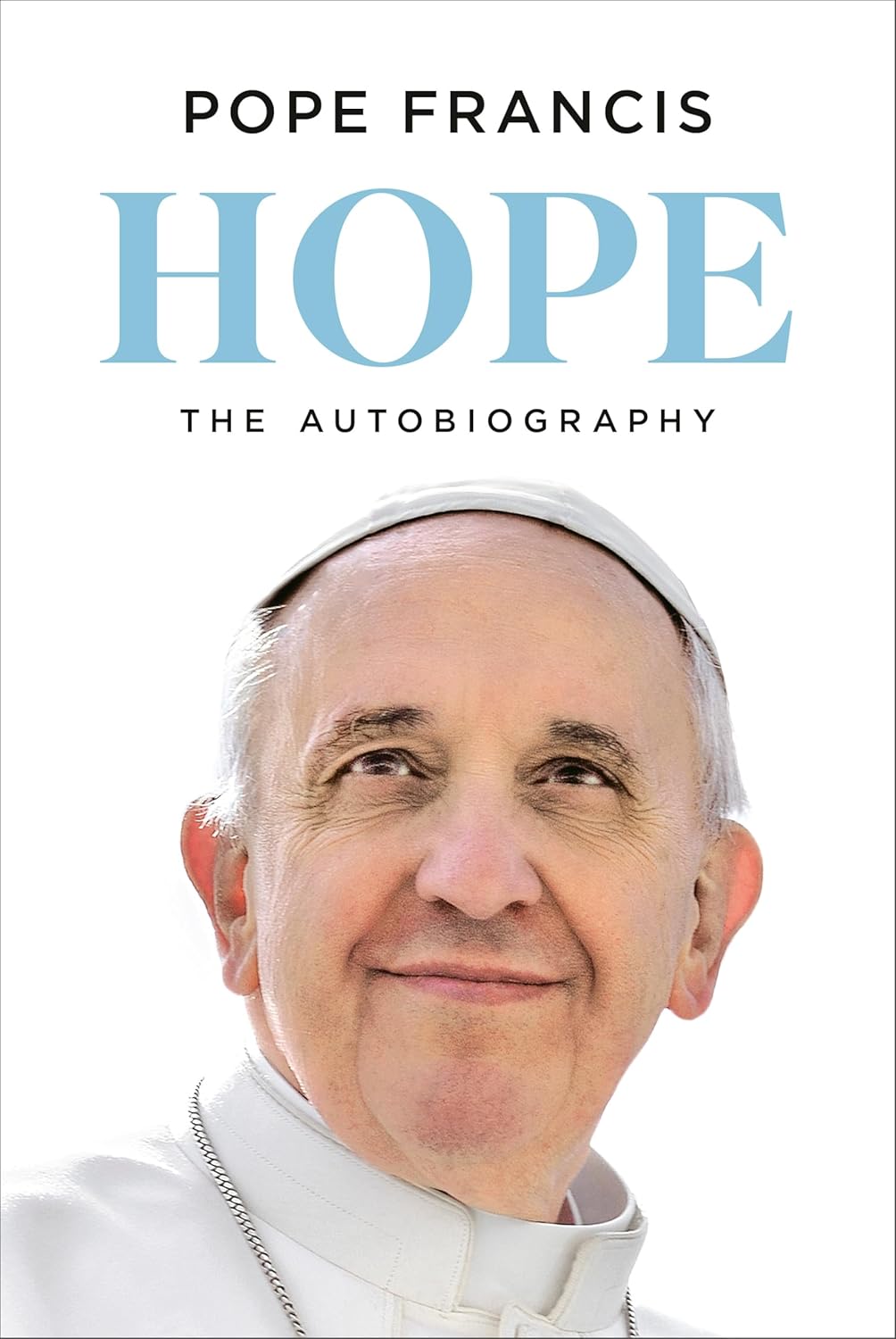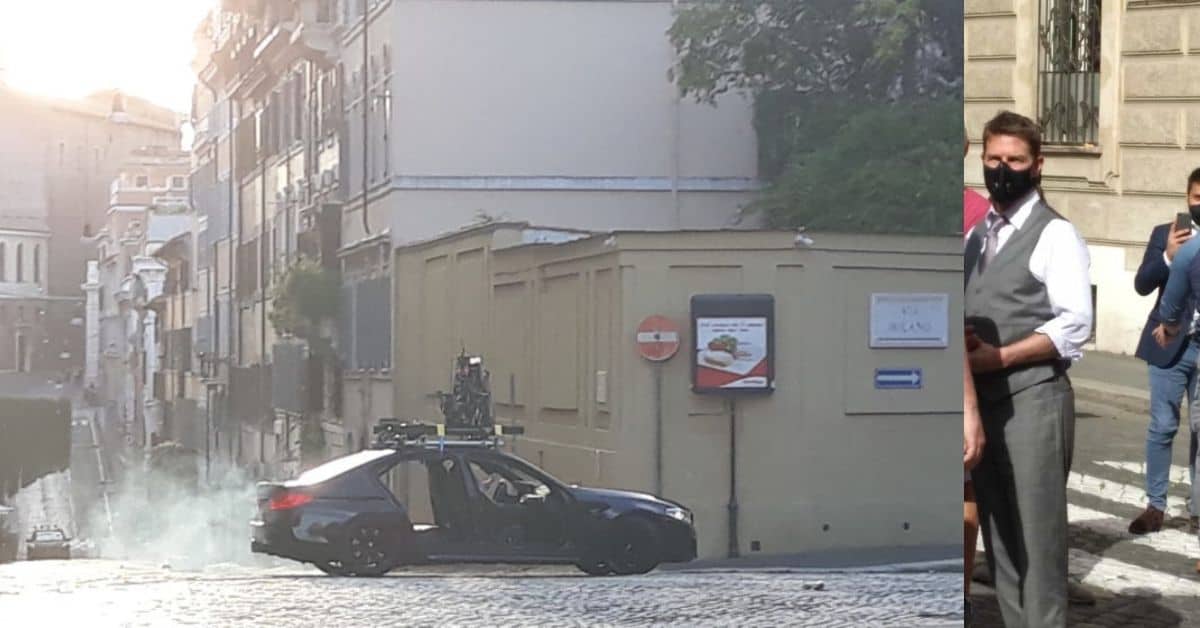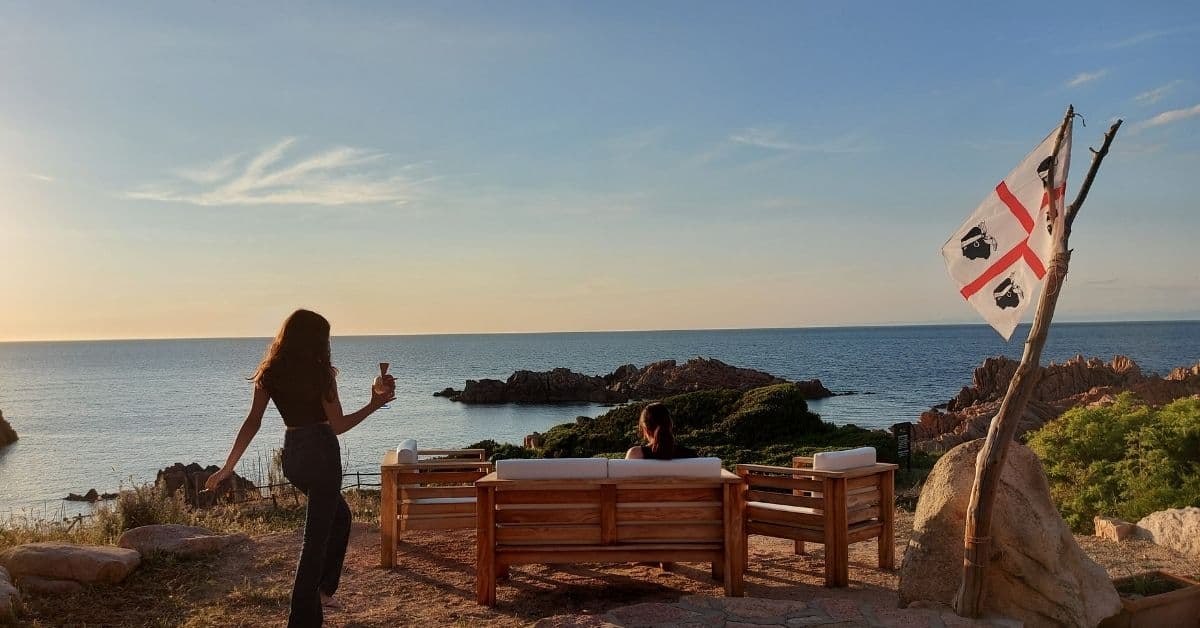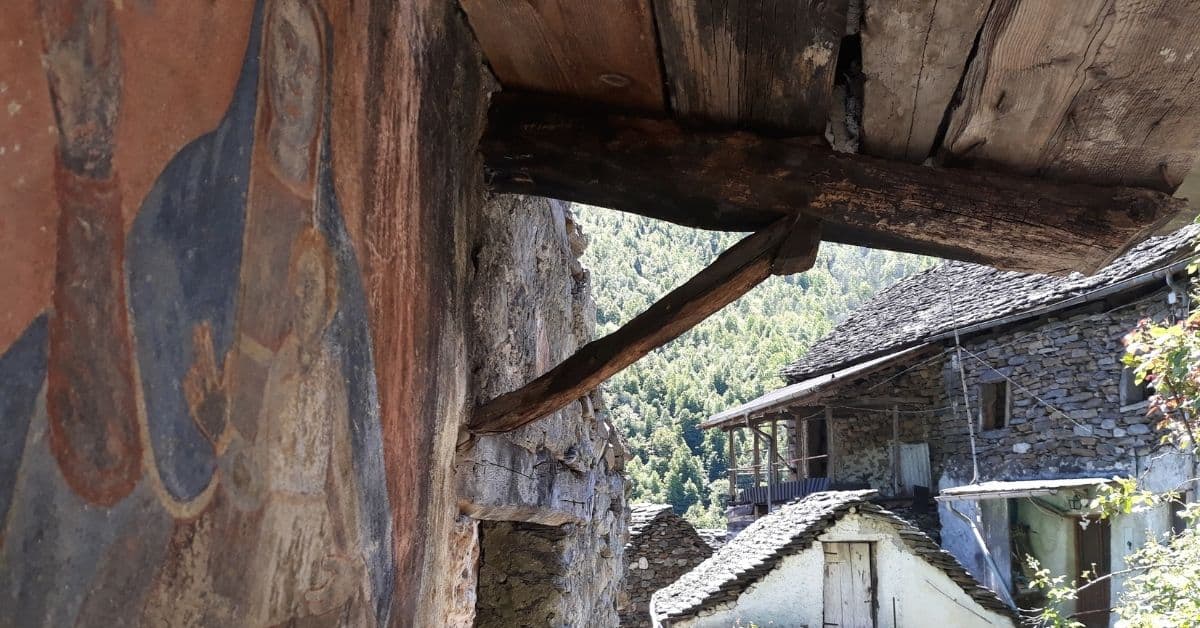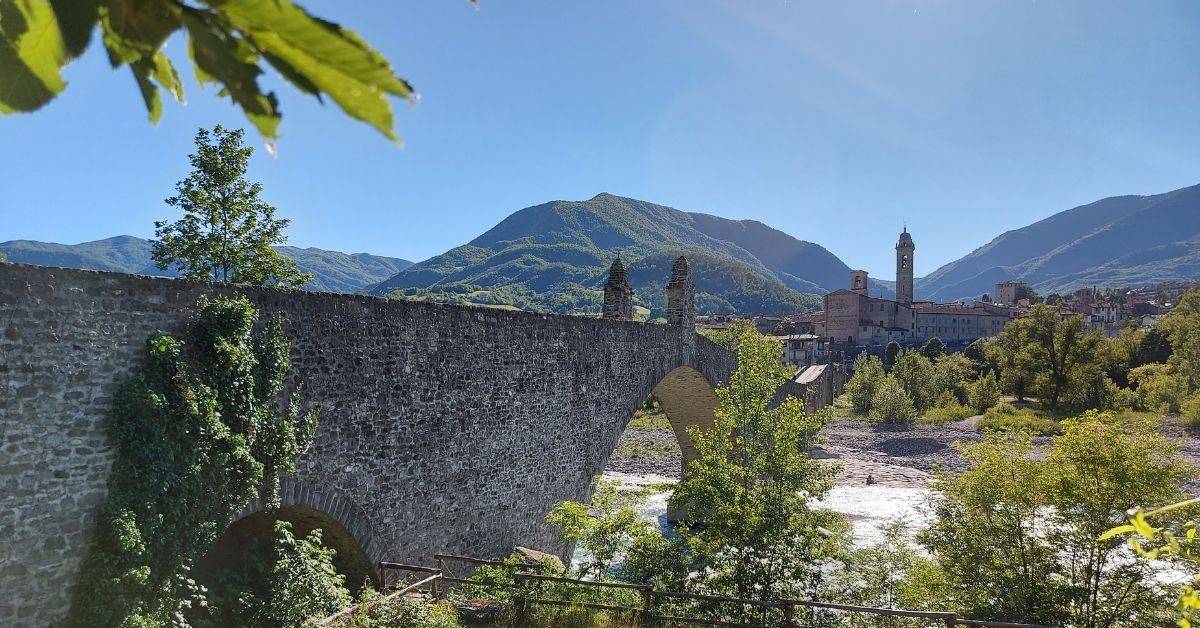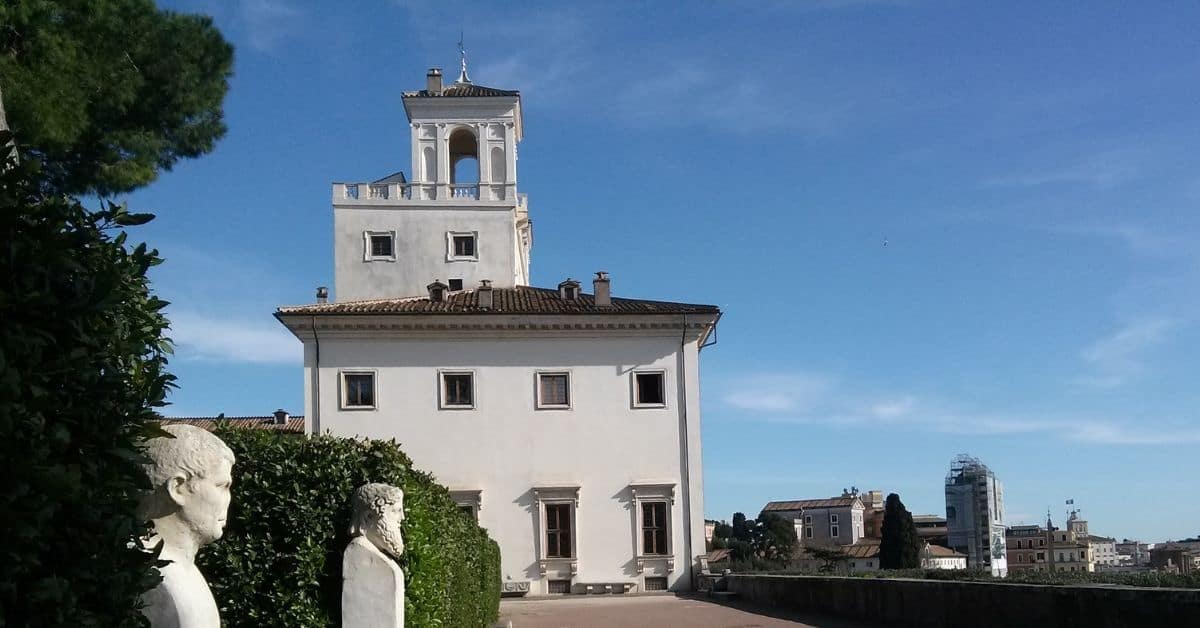We discuss original things to do in Venice, Italy: a list of nine things you can visit or can do. It is a mix of highlights and the lesser known Venice.
City of Venice: attractive and romantic
1600 years old. So ancient and yet so attractive. Venice is perhaps the most famous touristic city in the world, it is certainly the most romantic city (only Paris, New York and Rome come close to that designation).
The city is also quite compact (798 acres), but (without a navigator) it is rather complicated to find your way around. Although, wandering around the quiet and less touristy parts of the city, is a highlight in itself. The city is a labyrinth of more than 3000 alleys and streets. Perhaps the straightest street is the crossing of the Rialto bridge.
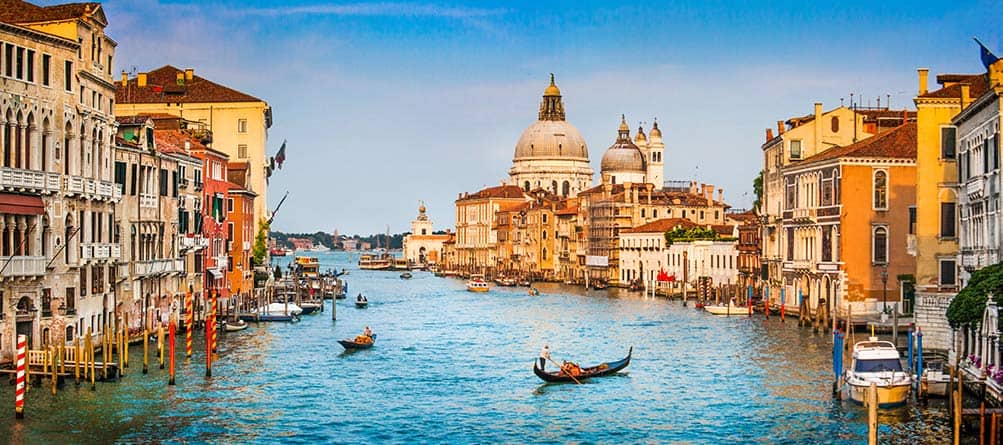
Things to do in Venice, Italy
I have compiled a list of 9 things to do in Venice. It is a mix of highlights and the lesser known Venice. Feel free to react to my ideas. Maybe you have other things on your ‘to do’ list.
Hope: The Autobiography
By Pope Francis
New York Times bestseller
First autobiography by a Pope
A vivid memory…
Get offer at Amazon.com- San Marco
- Palazzo Ducale (and secret service tour)
- Rialto Bridge
- Carnival of Venice
- Venice Filmfestival
- Venice’s ghetto
- Palazzo Grassi
- Moses flood barrier
- Cicchetti tasting
1. San Marco
The virus has done the dirty work
The heart of Venice beats in the world-famous Saint Mark’s Square. The best view of the square, where you can see the gothic San Marco Church and the enormous bell tower in their entirety, is from the opposite side of the square (see the purple circle on the photo).
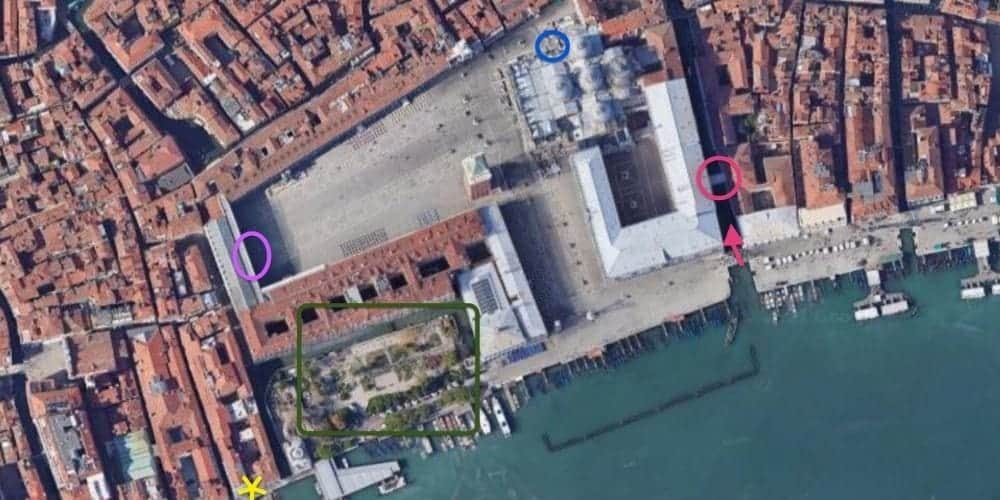
You can do a few things in St Mark’s Square:
- Visit the church of San Marco (but to see the church in detail, be sure to visit the cathedral museum on the corner – see blue circel on the photo)
- Feed the pigeons (this is an old tourist custom, which is now actually banned)
- Visit Palazzo Ducale (see number 2 on this listing)
- Admire the Bridge of Sighs (red circle – the arrow indicates where you see the bridge)
- Have a (sunset) view over the lagoon
- Find peace in the Giardini Reali (rare public park – green block)
- Have a coffee at Harry’s Bar Cipriani (yellow star) or another historical caffe at or near the San Marco Square
Venice is considered the capital of overtourism. The corona virus has undoubely deleted the ‘over’. The virus has done the dirty work. Politically and socially it was difficult to remove the ‘over’. What remains is a more consiously enjoyed tourism.
Read more about how Venice is meeting the challenges of its future.
2. Palazzo Ducale (and secret service tour)
Escape from prison like Casanova
For about seven centuries, Venice was ruled from Palazzo Ducale by an oligarchy of notables led by the doge, an elective office for life. Impressive is the huge hall of the Great Council. The ceiling is covered with large, dark paintings and framed by wide gold mouldings. I always get the idea that it could come tumbling down.
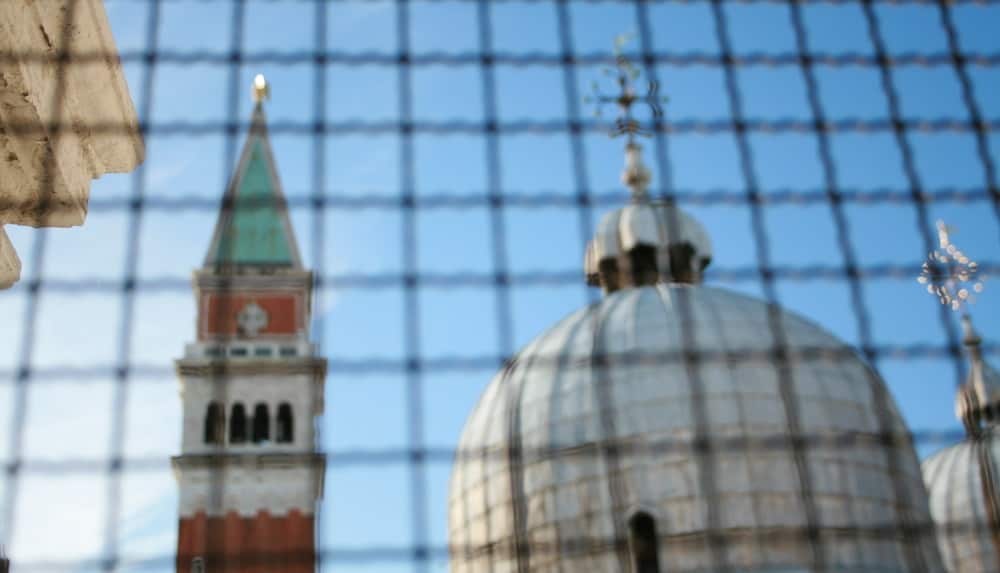
One of the most interesting things to do in Venice is making the so-called ‘secret itineraries’ tour in Palazzo Ducale. You have to book this separately in advance. When you are at the cash desk with your voucher, you and a small group of other people are assigned a museum guide.
(S)he will guide you to the rooms under the roof of the palace. That is where the Venetian secret service had its offices. You’ll see among other things the torture chamber and also the prison from which Casanova once fled. If you do this ‘secret’ tour, you will also cross the Bridge of Sighs. That bridge, however, is more beautiful from the outside.
3. Rialto Bridge
One of the few monuments in Venice that is easy to find
Venice counts 400+ bridges, but there is only one Rialto Bridge. It’s is one of the few monuments in Venice that is easy to find. You can’t miss it if you take the vaporetto, the water bus, across the Grand Canal (lines 1 and 2 for example).
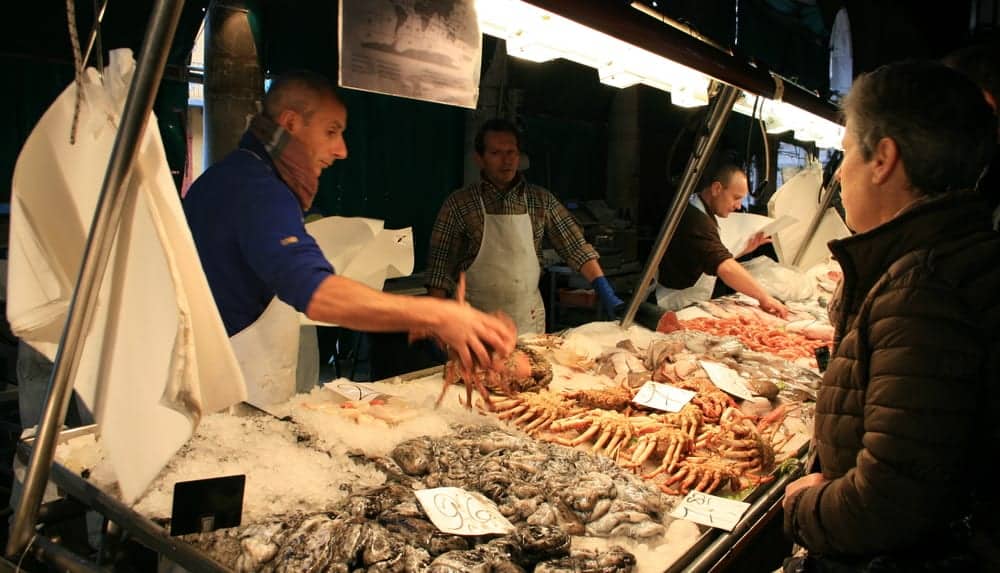
Since it is located on the stretch between San Marco Square and the train station, and those two locations are well signposted, it is also easy to get there on foot. The bridge provides wonderful photo opportunities. Interesting is the fish market directly north of the bridge, which is open in the morning.
4. Carnival of Venice
Girl gliding from the bell tower of San Marco
Carnival is celebrated worldwide (in countries of Catholic origin) with parades, like the one of Rio de Janeiro. When you think about it, the Carnival in Venice hardly goes with parades. That makes it, I think, a nice exception. Venice is all about the clothes and especially the masks people wear.
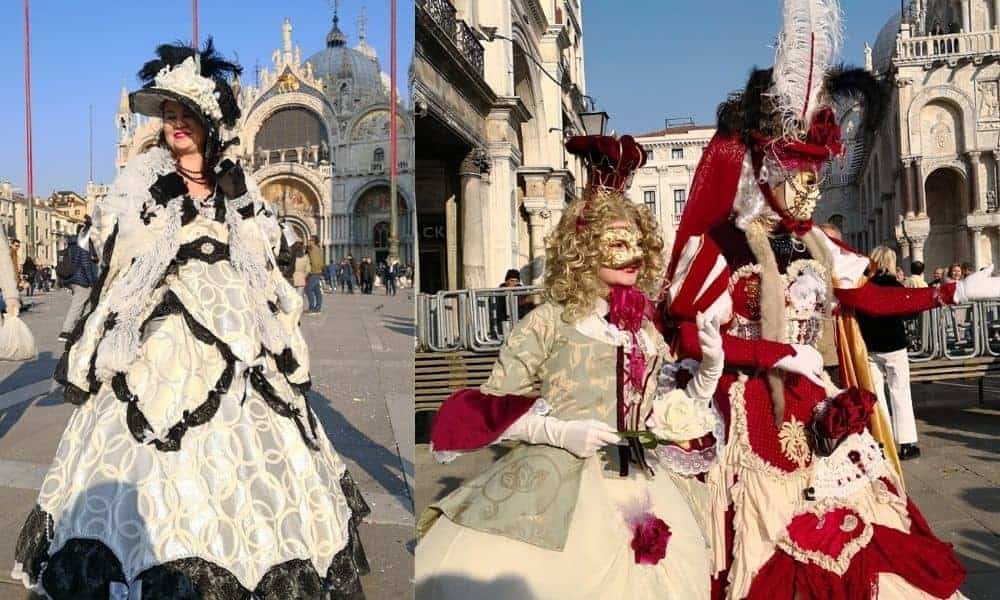
One of the opening events is the Volo dell’Angelo (Angel’s Flight): a girl, fastened to a metal cable, glides from the top of the bell tower of San Marco to the centre of the square while the crowd below her looks on admiringly. Event organiser Fabrizio d’Oria explains briefly how the Angel’s Flight works:
The carnival lasts, as usual, about two weeks before the beginning of Lent (40 days before Easter). You get up-to-date Carnival information on the special website of the municipality.
5. Venice Filmfestival
The chances of movie stars passing you by are greater than Taylor Swift winning a Grammy
The oldest film festival in the world (since 1932), the one in Venice, is held at the end of summer (usually the first 10 days of September; read more about the 2021 edition). If you are in town then, be sure to take the vaporetto to the Lido (beach island). That is where the festival is held.
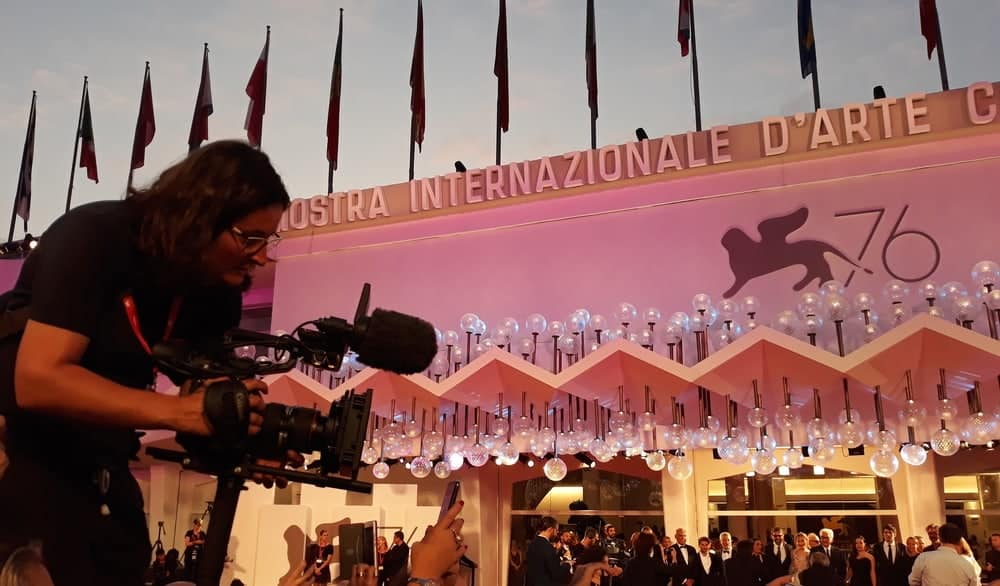
It is quite a small venue, it’s very easy to go from one cinema to another. The chances of seeing the stars pass you by are greater than Taylor Swift winning a Grammy. No top actor (if they have a good film to present) can fail to be in the most romantic city on earth.
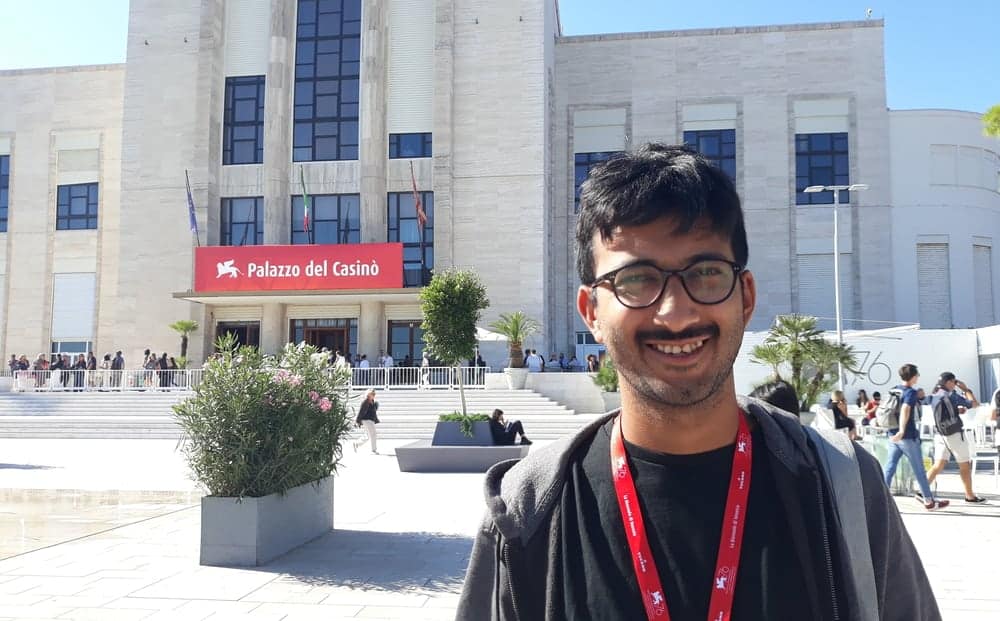
After some difficult years the Venice Film Festival has been back now. Famous, arty Hollywood directors prefer Venice to present their film, rather than the United States and the Cannes Film Festival, Venice’s big rival.
6. Venice’s ghetto
The beginning of a concept that has an intense meaning to this day
In 1516, the world’s first ghetto was established. The Venice city council ordered the Jews to live in segregation. Five hundred years later, the ghetto is virtually unchanged. But hardly any Jews live there any more.
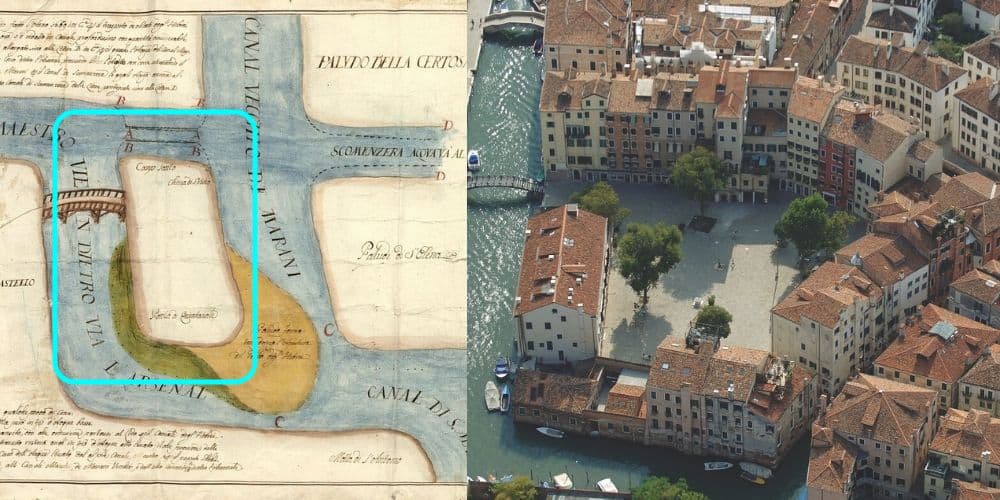
The area was bordered by canals and only accessible by two bridges. Previously, the area housed several metal foundries. The area was known as ‘geto’ (pronounced ‘dʒeto), the place where the molten metal was cast (the verb ‘gettare’ means ‘to cast’). Ashkenazi Jews who were not familiar with the soft pronunciation of the letter ‘g’ started calling the area ‘ghetto’. The beginning of a concept that has an intense meaning to this day.
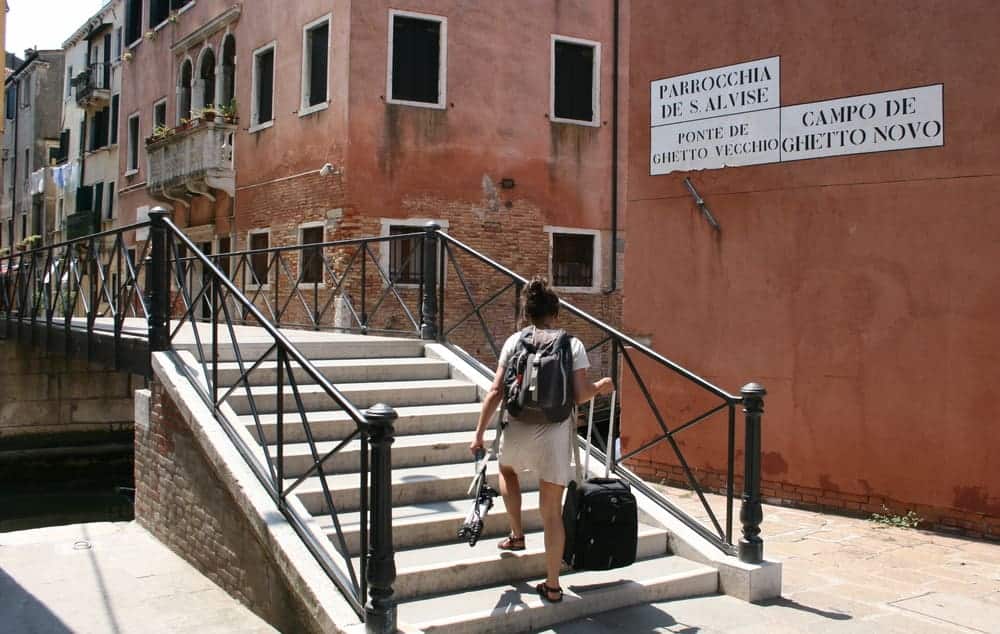
When the ghetto was abolished, it was not demolished, as was the case in Rome and Florence, possibly also because the ghetto had not only evoked negative memories. And fortunately so: the ghetto is very picturesque, so to speak.
7. Palazzo Grassi
A magnet for contemporary art enthusiasts
Venice is and remains a magnet for the ‘great art collector philanthropists’ of this world. Think of Peggy Guggenheim and the collection of the same name in Palazzo Vernier dei Leoni. But think also of fashion king Francois Pinault and his collection in Palazzo Grassi. We prefer Palazzo Grassi, as it is much less frequented. Moreover, the Guggenheim Museum is mainly modern art (20th century) and not so much contemporary art.
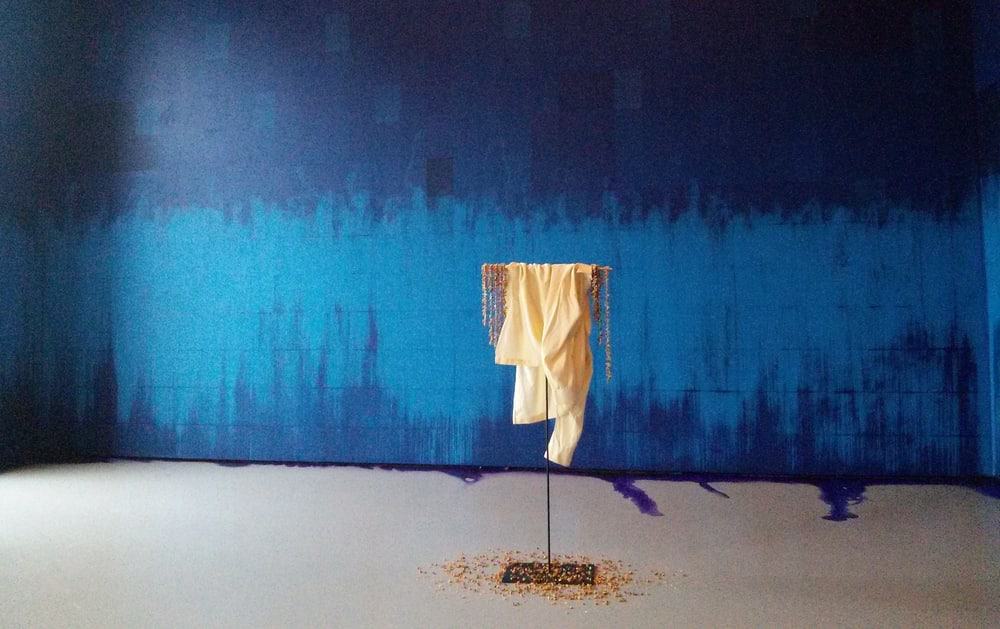
8. Moses flood barrier
A passage through the lagoon
Since 2021, Venetians do not have to get their feet wet. The dam with the name Moses has been put into operation. The dam is called Moses because of the acronym of the project name (‘Mose’ in Italian) and it is, of course, also a biblical reference to the passage through the Red Sea.
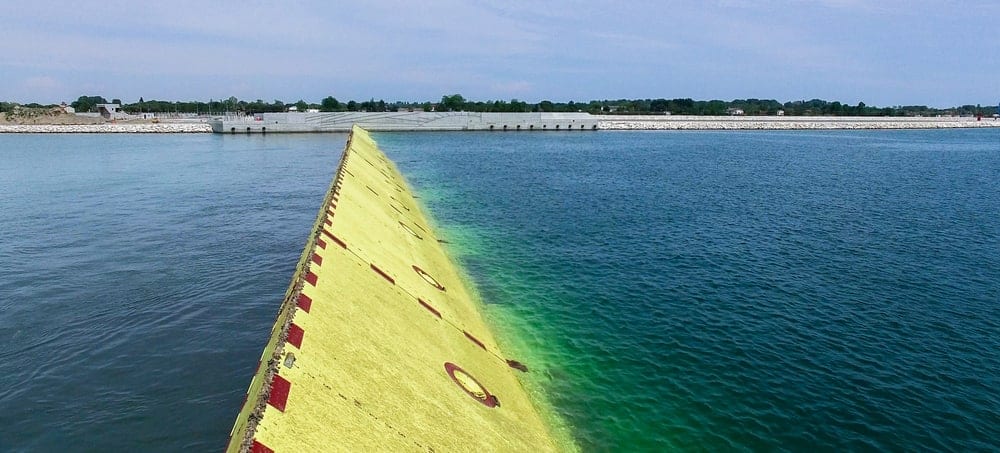
The Moses water barrier consists of 78 caissons that lie on the seabed (at a depth of 12-14 metres) of the three inlet channels connecting the lagoon to the sea. In each concrete caisson rests a hollow, metal slide that lies on the seafloor filled with water. When high tide is predicted, the slide fills with air, which causes it to rise and float to the surface. When all the gates of an inlet channel are up, it is like a floating water barrier.
There is a visitor centre not far from the Biennale site. It is also possible for special groups to visit the work island (situated between two dam sections).
Read more about the technology behind the barrier in an article of mine.
9. Cicchetti tasting
To ‘lay the groundwork’ in the stomach of wine drinkers
Ci(c)chetti are the Venetian version of tapas, but I think the cicchetti are much better, less greasy to start with. As they are small quantities, they are usually taken with toothpicks. It is always accompanied by a glass of (white) wine. Actually, the cicchetti were originally created to ‘lay the groundwork’ in the stomach for wine drinkers.
You get cicchetti in the bacaro, a kind of a winebar with a few seats and a long counter on which the cicchetti are displayed, like meatballs, slices of bread with creamed cod and sardines in soar. Often the bacari have a blackboard with the names of the wines of the day.
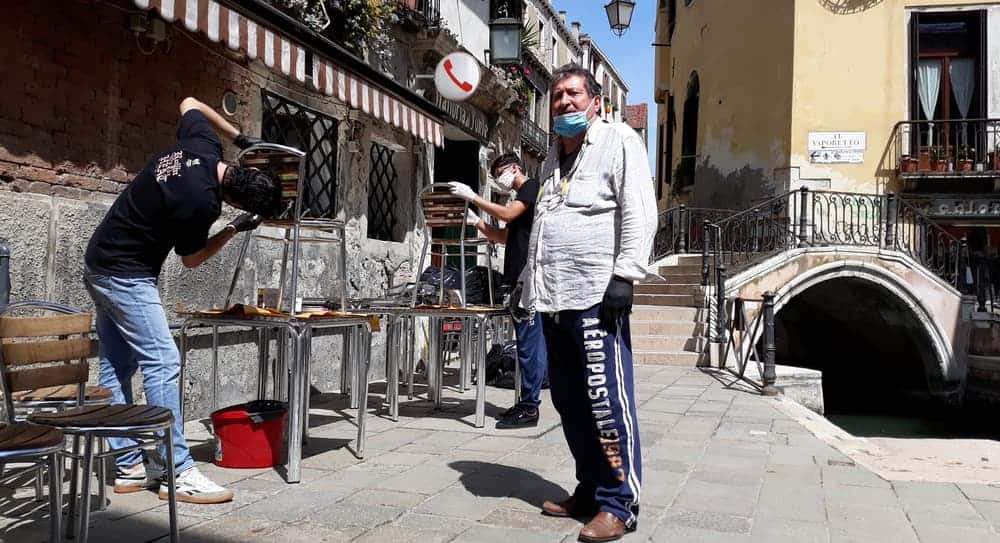
There is a wide choice of bacaro’s and their cicchetti. I’ll stick with one recommendation. I’ve been a couple of times in Cantina Arnaldi, and I liked it there. The owner is a local (a real one from Venice, there are not many of them). Background music consisted one evening of populair Venetian songs. This bacaro is one of the more authentic ones. It’s near the carpark and railway station.
How to get to Venice?
Venice is easily accessible by (fast) train. Be sure to get off at the stop ‘Venezia Santa Lucia’. The historic city can also be reached by car. You have to park in one of the car parks on the outskirts.
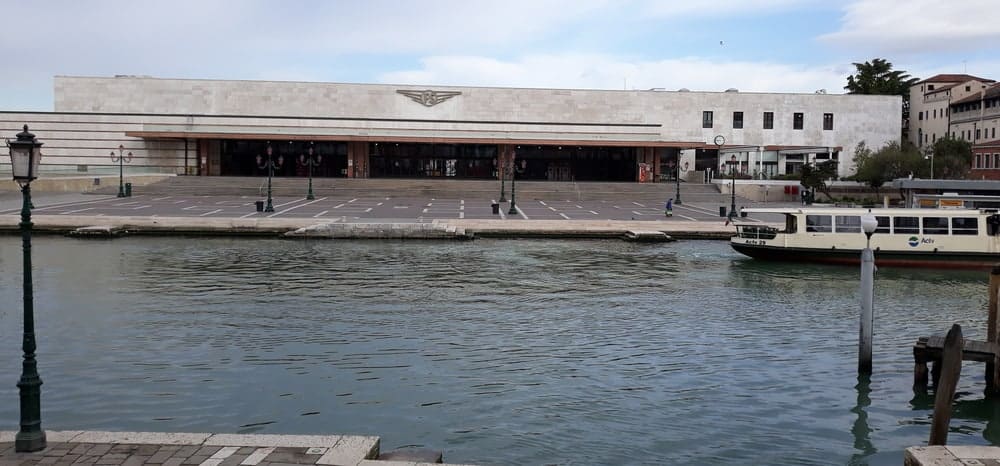
Those coming from the international airport have a number of options to reach Venice:
Where to stay in Venice?
The number of hotels and private homes in Venice is uncountable. If you stay in Venice, you should do so in the historic centre, and not on the mainland (Mestre). Imagine that the City of Venice has over 250,000 inhabitants, but that only one fifth live on the historic island. I can recommend a few hotels there, because I have been there myself.
A good, not expensive three-star hotel is Hotel San Luca. The rooms are quite small and are decorated in Venetian-style (curtains and bedspread of thick fabric in reddish colours). Very centrally located.
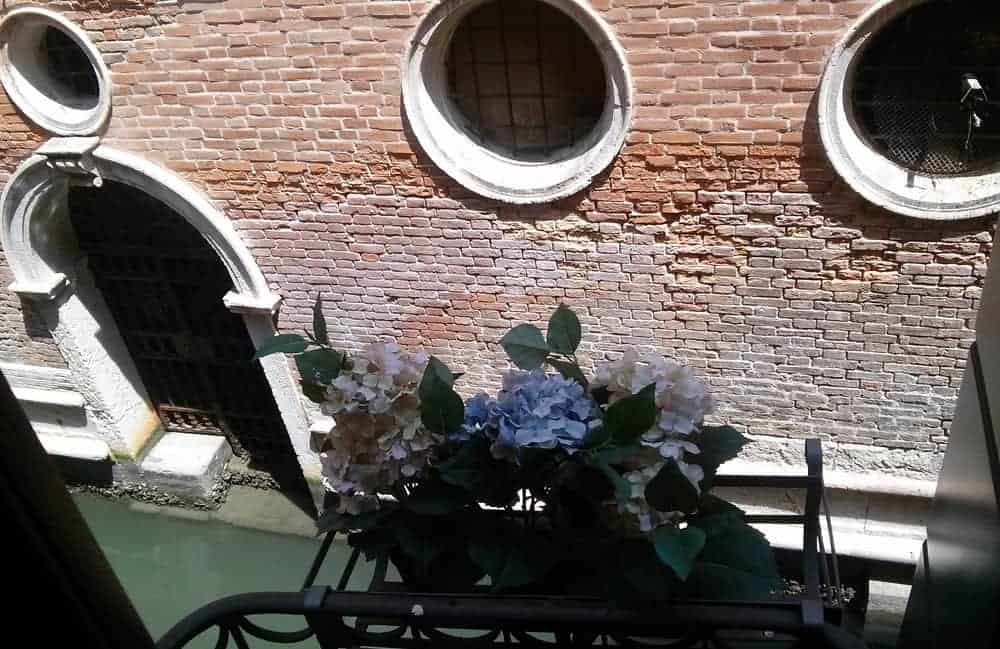
Hotel Stern has four stars, but it feels like five. The antique palazzo has been completely renovated. The rooms are very large. Very special is that breakfast and evening meal can be consumed on the private terrace along the Canale Grande.
The beauty of the Santa Croce Boutique Hotel (4 stars) is that it offers luxury in a less crowded part of Venice, not far from the central car parks and the railway station. The rooms are large and newly furnished in traditional Venetian style with a modern touch. The hotel disposes of a garden (quite rare).
Have you been to Venice yet? Why not visit Rome too?
Questions about Venice
As usual, I will end the article with some questions and answers.
Can you walk on the Bridge of Sighs?
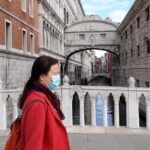
If you are not Casanova you only can cross the bridge as part of the museum tour Secret Itineraries in the Doge’s Palace in Venice. The bridge is not so special to see from the inside. It is better to view this landmark from a distance, from the bridge Ponte della Paglia.
What is the original meaning of ghetto?
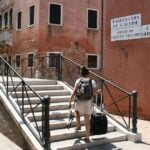
In 1516, the world’s first ghetto was established. The Venice city council ordered the Jews to live in segregation in an area known as ‘geto’, the place where molten metal was cast (the Italian verb ‘gettare’ means ‘to cast’).
Does Venice have a flood barrier?
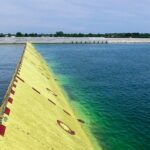
Since 2021, Venice has been equipped with a dam, which is submerged when at rest and rises when the sea water rises. This so called Moses barrier consists of 78 caissons that lie on the seabed of the three inlet channels connecting Venice’s lagoon to the sea.
Where in Venice is the film festival held?

The Venice Film Festival (1-11 September 2021) is held on the beach island ‘Lido’. It is easily reached by vaporetto, water bus, from the railway station and St. Mark square.
Where is Venice?
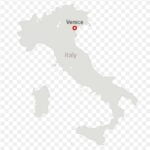
The city of Venice is located in northeastern Italy. It is the capital of the Veneto region, which also consists of the municipalities Verona, Padua and Vicenza. Venice is a city built on 118 small islands along the Adriatic coast.

